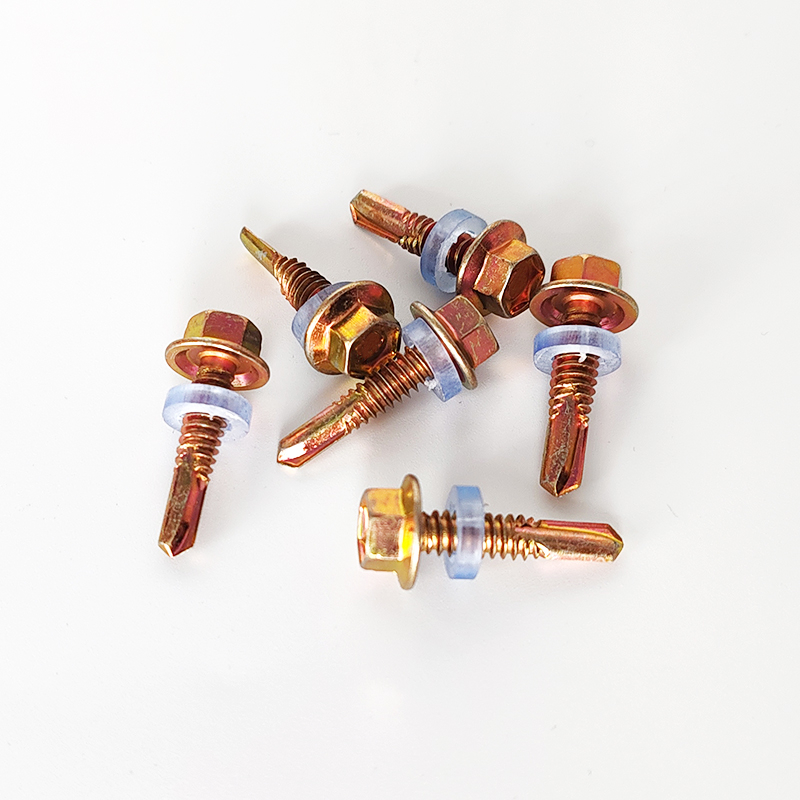Analyzing the Benefits and Techniques of Utilizing Double Ended Rods in Various Applications
Understanding Double End Rods Enhancing Performance in Various Applications
Double end rods, also known as double-ended rods, are versatile mechanical components utilized in various engineering and industrial applications. Characterized by their dual-ended design, these rods feature threads or connection points on both ends, allowing for easy integration into systems requiring stability and support. This article aims to explore the significance, applications, and benefits of double end rods in different fields.
Design and Features
Double end rods are typically made from materials such as stainless steel, carbon steel, or other durable alloys. Their design generally incorporates threaded ends, which can either be left or right-handed. This feature enables the rods to be connected to various other components, such as nuts and bolts, facilitating a secure fastening mechanism. The length of double end rods can vary significantly, catering to the needs of distinct applications. Their straightforward construction makes them easy to install and replace, which is a crucial aspect in maintenance-heavy environments.
Applications in Construction and Engineering
In the construction and engineering sectors, double end rods are often used for structural support. They can serve as tying rods that keep various structural elements in place, ensuring stability in buildings and bridges. For example, they may be employed in combination with anchor plates to secure walls or roof structures, preventing movement due to external forces such as wind or seismic activity.
Moreover, in the automotive and aerospace industries, double end rods play a vital role in connecting different parts of a vehicle or aircraft. They may be used to link suspension systems, enabling better load distribution and performance. The reliability and strength of these rods are critical in ensuring safety and durability in transportation.
double end rods

Versatility in DIY Projects
Beyond industrial applications, double end rods are also popular in DIY projects. Their versatility allows hobbyists and professionals alike to use them in a wide range of tasks. Whether constructing furniture, crafting art installations, or assembling mechanical devices, these rods offer a simple yet effective means to achieve structural integrity. The ease of use attracts many to incorporate double end rods into their creations, making them a favorite among makers and builders.
Advantages of Using Double End Rods
One of the primary advantages of double end rods is their ease of installation. The dual-ended design allows for quick assembly and disassembly, reducing downtime for repairs or modifications. Additionally, their robust materials ensure longevity and resistance to wear and tear, which can lead to cost savings over time.
Moreover, double end rods provide an efficient way to manage tension and compression within a structure. By distributing forces evenly across two ends, they minimize the risk of failure and enhance the overall performance of a system. This characteristic is particularly important in high-stress environments, such as high-rise constructions or heavy machinery.
Conclusion
Double end rods are essential components in numerous industries, offering a blend of durability, versatility, and ease of use. From supporting heavy structures to facilitating creative DIY projects, these rods prove their value in various applications. As technology progresses, the demand for such reliable components will likely increase, showcasing the continuous importance of double end rods in both industrial and creative realms. Whether you are an engineer, a builder, or a DIY enthusiast, understanding and utilizing double end rods can significantly enhance your projects and ensure lasting results.
-
Weatherproof Plastic Expansion Anchors for OutdoorKabarJun.06,2025
-
Sustainability in the Supply Chain: Eco-Friendly TEK Screws ProductionKabarJun.06,2025
-
Load-Bearing Capacity of External Insulation FixingsKabarJun.06,2025
-
Double Head Bolts: Enhancing Efficiency in Industrial MachineryKabarJun.06,2025
-
Corrosion Resistance in Chipboard Screws: Coatings for Wholesale DurabilityKabarJun.06,2025
-
Butterfly Toggle Bolts : Enhancing Structural ResilienceKabarJun.06,2025
